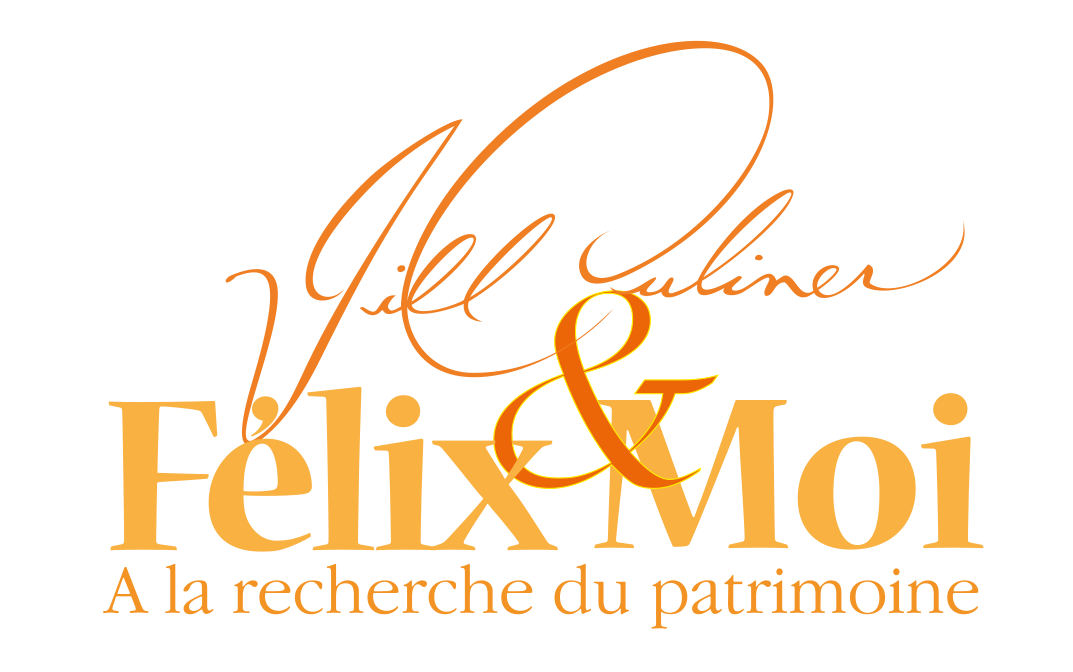Photography
The exhibition The Vanished Memory
Memory is unstable, imprecise. Photography is as deceptive as memory. There is innuendo, blur, and we never know if what we see is reality or a cover-up. We scrutinize a photo in the same way that we search our memory, looking for clues, never certain if we’re arriving at truth. It is only the title—a reference to the real history of a place — that guides the viewer’s imagination.
Part One : The battlefields of 1914-1918
A friend discovered glass plaques representing the battlefields of WWI in his great-uncle's attic in Finistère, Brittany. Written on each plate was the exact location of the battlefield. I revisited all these places and photographed them in order to juxtapose the two periods. Today, these are just places in the countryside, and nothing remains to show that this was once a place of horror and death.

Dompierre - Meuse
After the attack, cholera 1914-18

Ladies' path - Marne
Corpses 1914-18

Dompierre - Meuse
1993
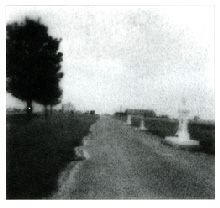
Chemin des dames - Marne
1993
Part Two: Without Trace
Without Trace takes us to Lithuania, Germany, Hungary and Poland in the search of the once vibrant Jewish community, a community destroyed in the extermination camps. Using old photos from the Gérard Sylvain Collection taken at the beginning of the century, I looked for these same places today, but there is no trace of former Jewish life.




Part Three: The Forgotten Camps in France
There were hundreds of internment or concentration (not extermination) camps in France before and during World War II. They were created from 1937 on to contain the so-called enemies of the country: Spanish Republicans, Gypsies, Jews, political refugees from Germany, Austria, and Poland, and people fleeing Nazism. After the arrival of the German army, those in the camps were handed over for deportation to the extermination camps.

MONTSURS, Mayenne, La Chauvinière,
Concentration Camp for Roma, 1939-1943

MONTBAZON, Indre-et-Loire, Camp de la Poitevinière, Concentration Camp for Roma, Communists, Polish, Jewish, and German war refugees fleeing nazism: 1939-1942

BEAUREGARD, CLEFS, Maine-et-Loire, Concentration and Forced Labour Camp for Parisian Jews before their transfer to the death camps: 1940-1943
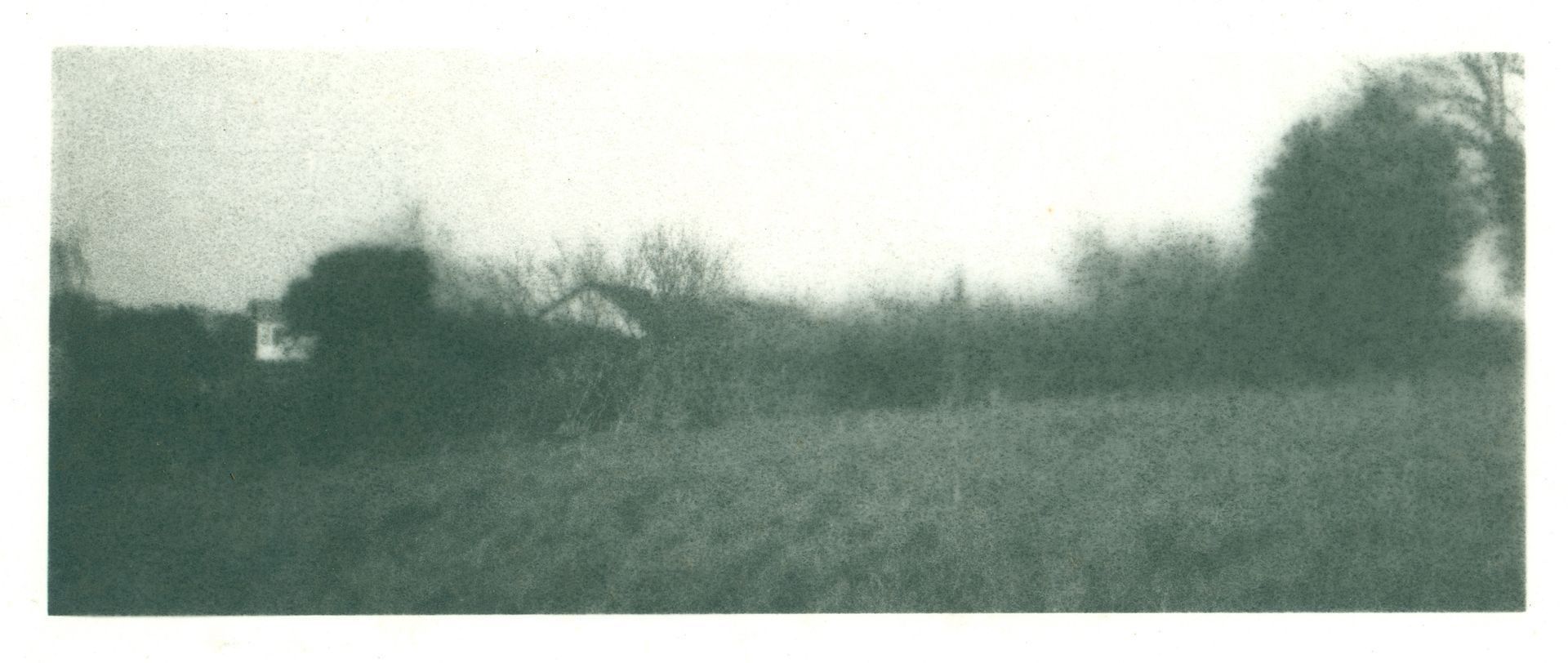
FRESNAY-SUR-SARTHE, Sarthe, Concentration Camp for Roma, 1939 ?
Sweet France 1
Excerpt from the exhibition in Laval at SCOMAM in 2008
As for aesthetic vandalism, it does not refer to religion and morality, but to taste, which is even more changeable than modesty. The proof that the champions of "good taste" are as formidable as those of outraged virtue is provided by the beautifying vandalism of the canons of the 18th century and the restoring vandalism of certain modern architects.
Louis Reau,
History of Vandalism, 1994



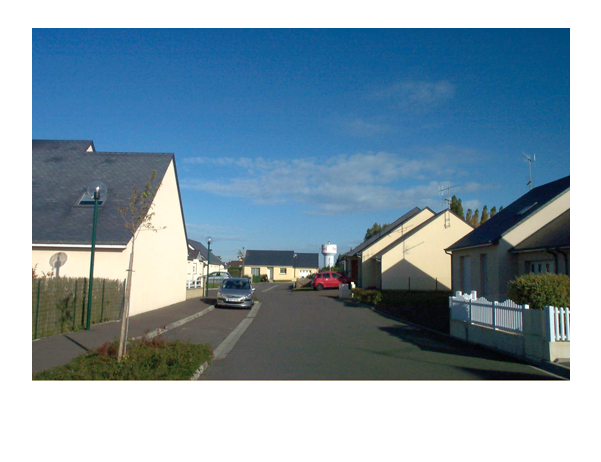

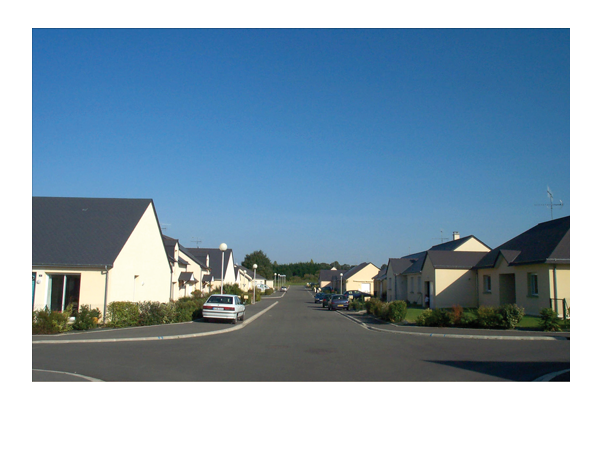
Sweet France 2
LAVAL, City of Art and History
Excerpt from the exhibition in Laval at SCOMAM in 2008
How can one not be surprised by the names attributed to residences which are totally out of step with their location and their architectural aesthetics?






Journey to the heart
of Patatonia
Exhibition at Toiles de la Mayenne, Fontaine-Daniel
in 2006, La Maison Rigolotte, Laval, 2006, Saint-Pierre-sur-Erve, 2012.
Photography Book





